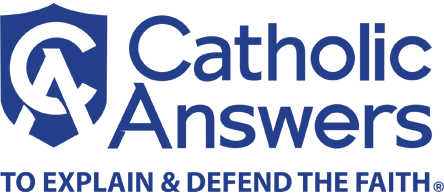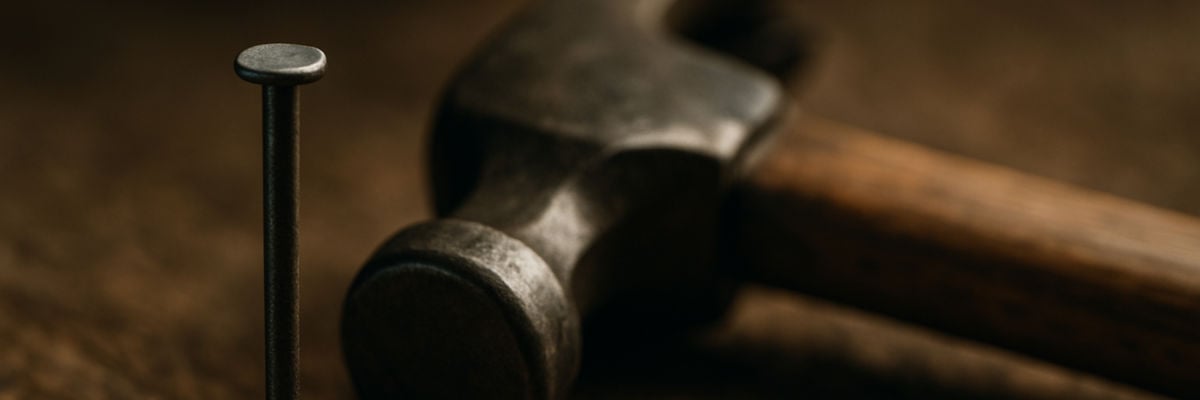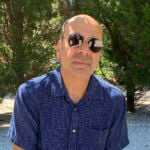
By Bill Lauto, Environmental and Shroud Scientist
Northeast Regional Leader for SAGE and Othonia in U.S.
Most of us grew up learning about the crucifixion of Jesus with artwork. All would depict the nails through Jesus’ hands and one nail through his feet. Paintings, sculptures, and movies would show one foot placed on top of the other, on top of a wooden wedge.
Does This Really Matter?
These images of Jesus’ crucifixion became tradition. However, for those with faith, these traditions were not the important realizations about Jesus sacrificing his life. What mattered was for us to know that Jesus suffered for our sins so we may have eternal life. His sacrifice shows that God knows about our suffering here on earth. Yet there are some who blame God for our suffering, failing to recognize that we are given free will. We have the choice to heal or to make war and crucify the Son of God.
So certain details, such as where exactly the Romans placed the nails, really do not matter for our lives here on this earth. Nevertheless, skeptics try to use enigmas such as this to claim—for example—that the Shroud of Turin is fake while ignoring the complete picture. Therefore, let us review and evaluate to have a better understanding and a probable conclusion to these questions.
When Did the Nail Controversies Start?
Initially, we have prophecies found in the Old Testament, Gospel writings from eyewitnesses, and over one thousand years of artwork showing the nails through Jesus’ hands. We should also consider the possibility that in the earliest depictions of the Crucifixion, the artist would render the nails in the hands from information provided by and preserved from oral traditions whose original sources saw the actual Shroud. Only one nail wound is depicted on the Shroud, on the topside of one hand.
In 1950, a French medical doctor named Pierre Barbet published his detailed accounts of the medical conditions shown on the Shroud of Turin. His interpretations are presented in his book, A Doctor at Calvary. Barbet demonstrated that a nail through the soft tissues of a human palm would rip upward between the fingers due to the body’s weight and cause the body to fall off the cross. He then presented the hypothesis that the nail went between the wrist bones and through the other side, on an angle to match the visible wound shown on the Shroud. This provided an explanation as to how the nail held up the body. Additionally, Barbet posited that the nail did damage to the median nerve in the wrist, causing the thumbs to contracted inward—something that we know today with medical studies is not true. In fact, the opposite would occur: the thumbs would be forced to hold an outward position.
Barbet’s theories resonated despite being based on minimal studies.
By 1951, this was the first of many controversies revolving around the nails. How many nails were used—three or four? Were Jesus’ feet nailed into each side of the vertical post, or were the Romans so efficient that they needed only three nails? Does the Shroud provide any answers?
What Do We Know Today?
A key catalyst for science to provide answers to these questions came in 1988. A medical doctor named Frederic Zugibe presented his studies, done in the 1980s, in The Cross and the Shroud. Zugibe had a Ph.D. in human anatomy and was a forensic pathologist examiner in New York. His extensive research showed that Barbet’s had three miscalculations.
Barbet’s location for the nail through the wrist did not correspond to the wound on the Shroud, nor to the wounds of any stigmatists. Additionally, that location would miss the median nerve, thus requiring another reason as to why the thumbs are not visible on the Shroud.
Zugibe demonstrated that nails going through the space between the index and middle fingers and above the small bones of the palm would not break any bones and would support a body’s weight. This location directly aligns with the topside hand wound shown on the Shroud and stigmatists. The absence of the thumbs on the Shroud works in tandem with all studies showing a relaxed position of the fingers after death. The thumb goes downward and under the other fingers.
Recently, I was honored to speak at the 2025 International Scientific Shroud Conference in St. Louis, where I meet John Jackson, one of the lead scientists from the 1978 STURP Team. I heard his presentation about two new theories that assist in answering questions surrounding the nails.
By studying blood flow on the Shroud and the Sudarium, Jackson presented a new position for the Sudarium covering Jesus’ face when he was dead on the cross. The discovery of stitching marks that would have closed a casing along the top of the Sudarium for a cord to go through led him to recreate tests showing the Sudarium tied around Jesus’ forehead and hanging down to his stomach. This conforms with using a Sudarium as an apron, sun protection for the head, and to cover eyes for unpredictable dust storms.
With my 2,000-year-old climate research showing evidence of a dry and very hot climate—a major factor for airborne dust—I concur. This position of the Sudarium matches the top part of the blood stain from the spear wound and the blood or fluid from around the nose, and it shows a “square” blood-stained nail hole with a round nail head. This occurred when the arms were crossed over each other at the bottom part of the Sudarium as they carried Jesus’ body to the tomb. Perhaps with additional research and high-definition photographs, we may see if this nail mark lines up with Zugibe’s research.
Jackson also presented, based on the Shroud’s blood patterns, that only three nails were used, and there was no wooden wedge. Jesus’ left foot was turned sideways with the toes pointing to the left and placed against the vertical beam. The flat bottom of his right foot was then forced onto the top of his left ankle, and one nail was driven through the top of his right foot and his left ankle. When Jesus pushed himself up to take in oxygen, he was balancing on one nail, with his left foot’s toes pointing sideways and his right foot’s toes pointing down to the ground.
All this, shown on the photograph Jesus gave us of himself, a nanosecond before the Resurrection.



